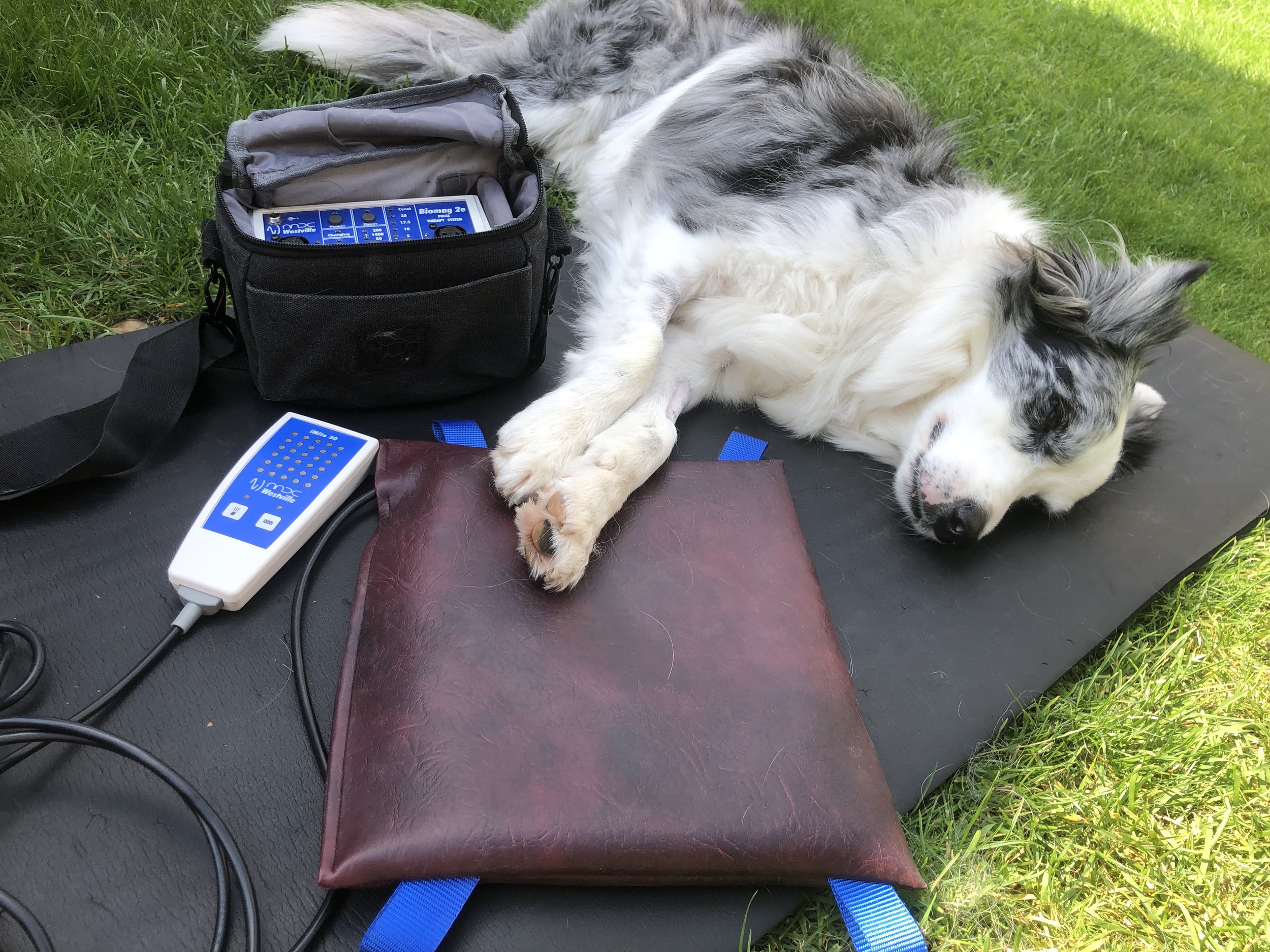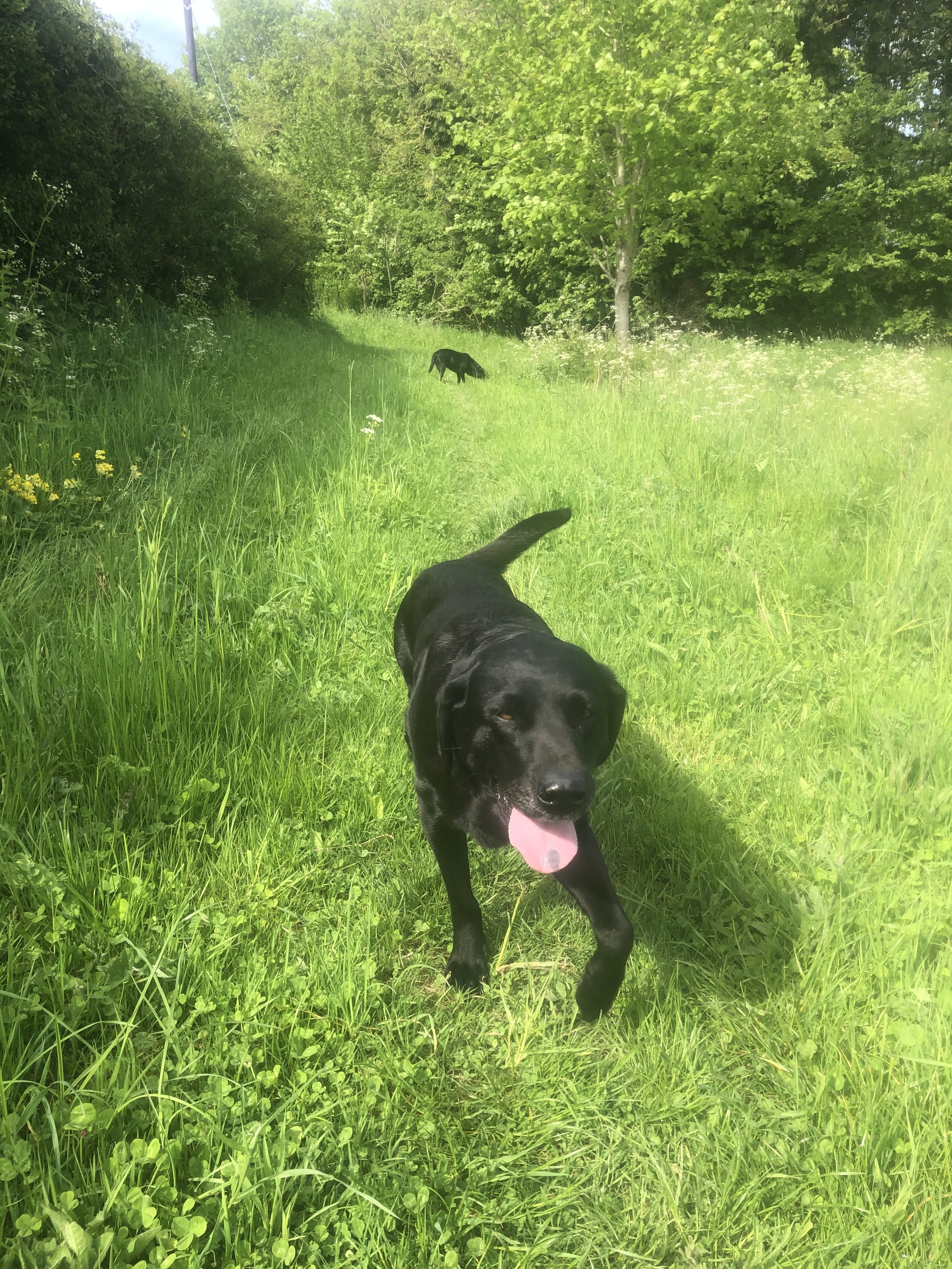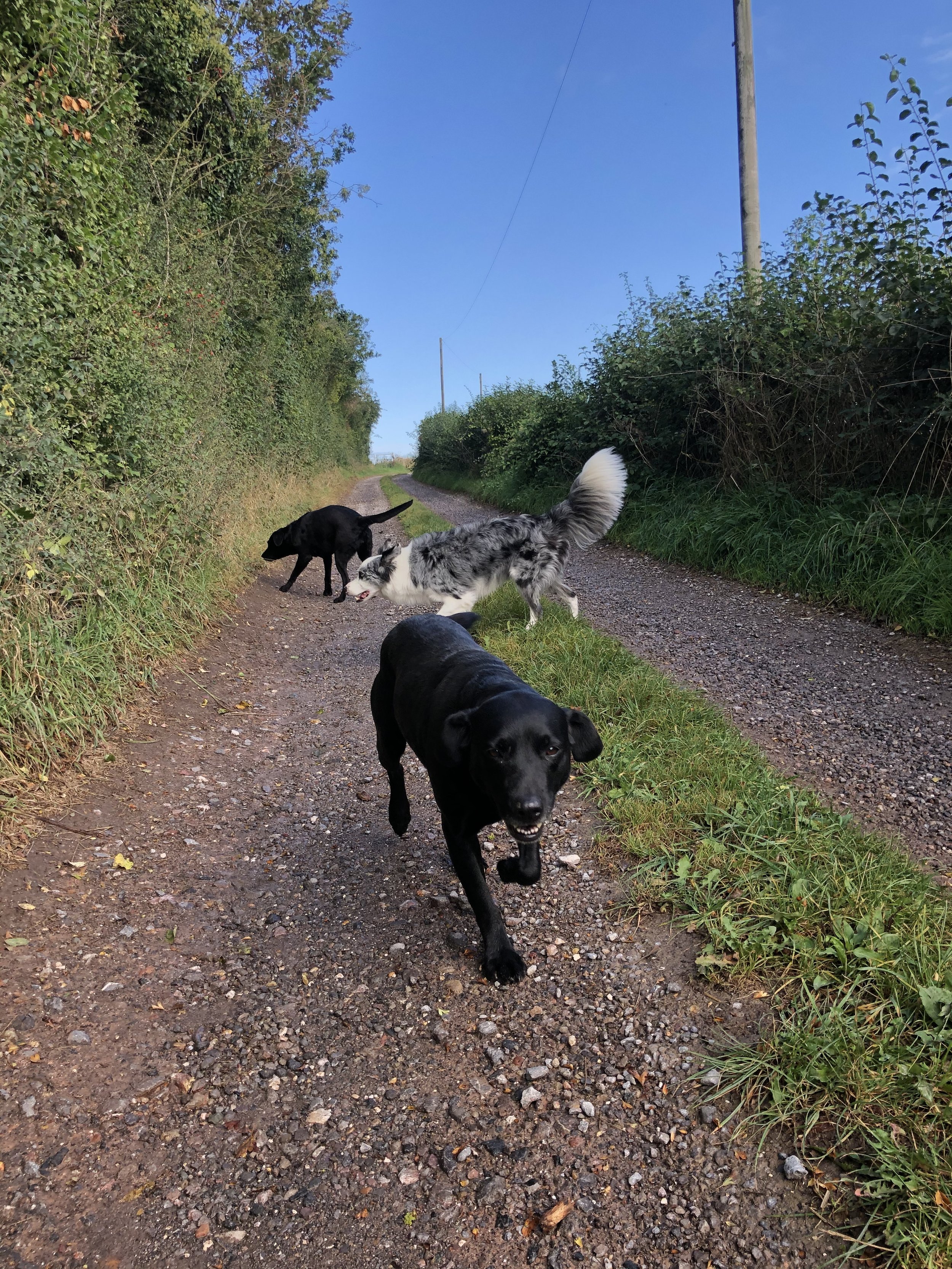10 Signs Your Dog May Be In Pain 😥
Dogs can’t speak to us to tell us they’re in pain, they show it in other ways, we need to learn the signs to identify if our dogs are injured or have an underlying issue so we can help make it better.
You know your dog best so you’re the best person to spot these sometimes subtle changes that may indicate your dog is not comfortable
What causes pain in dogs?
Could be emotional or physical pain. Physical pain can be categorised as acute (short-term) or chronic (long-term).
Common causes:
Soft tissue injuries (muscle, tendon, ligament issue)
Arthritis
Sprain/strain
Elbow/ hip dysplasia
Back problems
Dental issue
Ear/ urinary tract infection
Why do dogs conceal pain?
In the wild concealing pain prevents dogs from being perceived as weaker and therefore a target to predators or an undesirable mate.
10 signs that could indicate your dog is in pain
Antisocial : Your dog may be overly lethargic, not wanting to play or be stroked, or be clingy and needy to seek reassurance.
Agression : Growling and snapping is a way of saying stay away. Be cautious around antisocial dogs as this may develop into aggression. If your dog starts to become aggressive contact your Veterinarian.
2. Changes in eating, drinking and sleeping
Your dog may start sleeping more than usual, this can be normal and often happiness in the winter time, however, if they are having difficulty moving around and are less eager to go on walks this may be a concern. This often happens when your dog has been injured or when they get older. If you suspect your dog has been injured you should take them to see your veterinarian. If your aging dog starts to have difficulty getting up or on walks you should consider contacting your local physiotherapist who can assist you in creating a plan that works for yourselves and your dog. Difficulty eating can be a sign of depression due to pain or a sign of dental pain so always contact your veterinarian if your dog stops eating.
4. Excessive grooming
Dogs can lick their paws constantly to try to soothe themselves. This can be for cuts or internal ailments, so if a small home manageable cut isn’t present it may be worth getting your dog checked over by your Veterinarian.
6. Signs of agitation
Pacing, difficulty getting comfortable, or sleeping less could be a subtle sign of an underlying issue. Look out for other signs to identify if your dog could be in pain.
8. Changes in body and posture
Pain can cause a rigid and haunched stance, contradictorily, your dog may perform a downward dog position to stretch the abdominal area if pain is present. Look for any signs of swelling from inflammation, infection or serious underlying issue and contact your Vet if any of these are present.
10. Toileting trouble
If a fully house trained dog starts having accidents it may be down to a painful urinary tract or tummy. More frequent peeing, changes to stool (e.g hard or diarrhoea) when no dietary changes have been made could indicate an issue with one of your dogs systems. If this continues for more than a couple days it may be worth contacting your Vet and keeping a close eye on your dog for other uncharacteristic signs.
What to do if you’re worried?
See your vet! Your Vet will be able to prescribe pain management e.g. medication or a holistic approach, e.g. herbal medicines or complementary care e.g. physio/chiropractor/hydrotherapy, if appropriate.
Tips
Look for patterns : does stiffness happen in morning/after exercise, is your dog only aggressive around other dogs?
Home environment adaptations, especially when getting older or recovering: soft padded bedding, quiet comfortable environment, no stairs or jumping
Signs we look for as physio’s
Touch inspection : licking lips, flinching, vocalisation, turning to look at palpating area, moving to avoid touch, moving painful part of body towards you, increase panting or heart rate, warmth, swelling, redness.
These are all signs we are constantly looking for while assessing and treating animals, dogs may not be able to tell us they’re in pain but there are lots of signs they show us to let us know, we just need to be looking.








